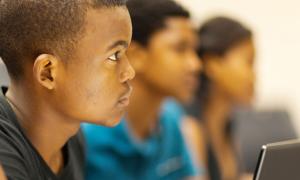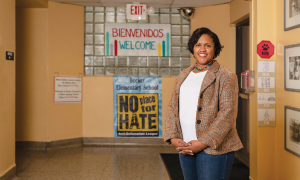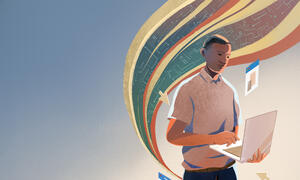professional development
Teaching 'The New Jim Crow'
Teaching Tolerance teamed up with Michelle Alexander—author of The New Jim Crow: Mass Incarceration in the Age of Colorblindness—to offer educators two FREE webinars exploring mass incarceration in the United States and how to teach about it.
September 23, 2014



